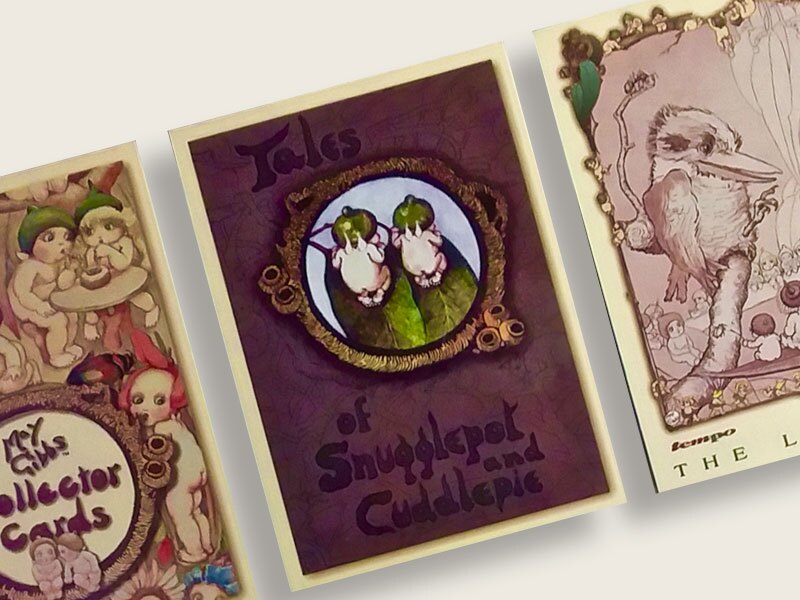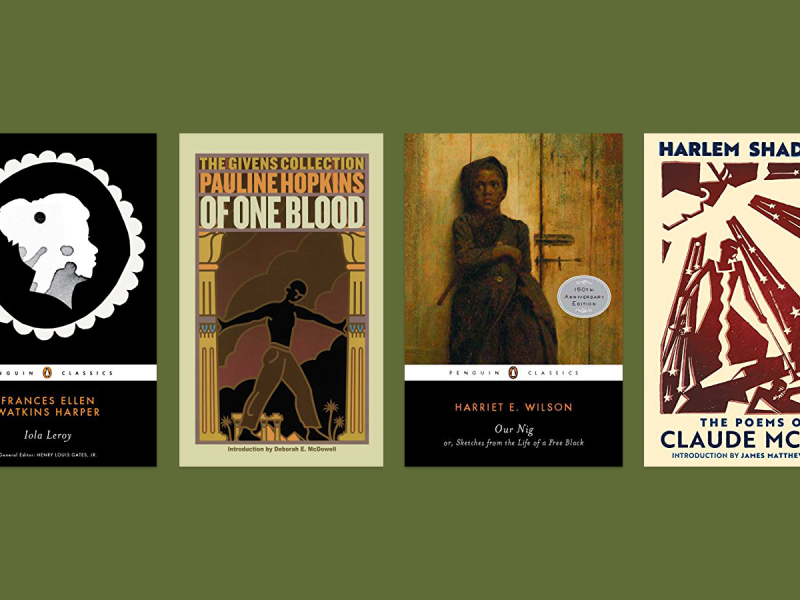
So what is ephemera? Well, you probably threw some away earlier today. Ephemera are objects, usually made from paper, created to be used for a short time only - things designed to be temporary. A newspaper, for instance, is read for a single day before it becomes old news. A concert poster promotes an event on a certain date and then becomes irrelevant after the performance. The word, ephemera, is Greek in origin and the strictest definition refers to something that lasts for a day but a calendar is also ephemera.
A book called Encyclopedia of Ephemera, by Maurice Rickards, describes ephemera as “the minor transient documents of everyday life." Adverts, bank cheques, birthday cards, bookmarks, brochures, invitations, luggage labels, magazines and periodicals, manuscripts like letters or movie scripts, maps, menus, newspapers, pamphlets, postcards, posters, programmes, stock bonds, tickets, timetables, and at least another thousand paper objects are considered to be ephemera.
Today, ephemera is much more than just tomorrow’s rubbish. It provides a unique insight into history and some items are treasured for their beauty or importance. Screenplays and scripts are collected by movie buffs. A letter written by a famous author, scientist or politician is highly desirable. Vintage posters - especially for movies and travel - often sell for thousands. Antique maps decorate homes even though international borders and place names change. Think twice before you throw something away next time.
Examples of ephemera
Advertisements
Commercial ads have been around for centuries. We know the Romans painted adverts on walls and placed them in pavement mosaics. There are the paid insertions placed in newspapers and magazines, and the adverts actually placed onto the pages of said media. Many earlier advertisements are standalone pieces of paper in order designed to be fixed to a tree, wall, or a bus shelter. Advertising took off in the 20th century and became more inventive and colourful, particularly from manufacturers of mass-produced goods. Advertising appears on envelopes, cigarette cards, leaflets and many more mediums.
Broadsides/broadsheets
The two terms mean the same thing – a sheet of printed paper. They emerged in the 16th century to promote the appearance of a town crier. Sizes vary. They promoted events, royal proclamations, protests, laws – almost anything, official and unofficial.

Calendars were originally closely connected with almanacs when people needed to know the dates of religious holidays and farmers needed dates for sowing and animal husbandry. Initially calendars used vertical listings for months with the current rectangular layout becoming common in the 1870s. This format allowed for single cards and 12-page booklets.

Also known as a CdV, Carte de Visites are small portrait photographs that began to appear in the 1850s in France. They were traded between friends and added to collections, or displayed in an album.
Cigarette cards
Cigarette cards were among the first objects created to be collected. They originated in the United States to stiffen paper cigarette packets. Initially, they carried advertising. The Marquis of Lorne card from circa 1879 was apparently the first picture cigarette card, as his name was being used for the branding. By the 1920s and 1930s, cigarette cards were a huge industry and covered almost every conceivable subject with sports being particularly popular.
Erratum slip
An erratum, or corrigendum, is a correction of errors found in published text. An erratum is usually issued shortly after its original text is published and slipped inside the book. You will find many books on AbeBooks that have erratum slips.
Forms
People have been cursing about forms for years. Passports, insurance, taxes and other tedious things that have to be done. Record offices keep them in huge quantities. These dull old forms can offer valuable historical information.
Guest lists
These can be informal for a small occasion or highly regimented for something like a royal wedding or state visit. They can offer insights into high society and people who matter.
Household accounts
Great country estates required many materials to operate. Stocks of everything from salt to wine was recorded to ensure supplies did not run out. An insight into the diets of the 19th century rich and famous, and their households.
Invitations
A fancier version of admission tickets. Invitations can apply to weddings, funerals, christenings, balls, and dinners. Professional societies and institutions issued them.
Letters
A huge area for collectors. Handwritten and typed letters from people of note are especially collectible when the subject matter is something beyond the mundane. An autograph letter signed (ALS) is a letter entirely written and signed by the same person. If not signed, it is called an AL.

According to West Hollywood film ephemera dealer Walter Reuben, early movie posters, often illustrated with bright colours and bold design, inspired the creation of lobby cards, a smaller, more durable alternative to their large and flimsy predecessors. Typically measuring 14x11", lobby cards were displayed and distributed to movie-goers in cinemas. Printed in sets of eight to 12, the cards featured various iconic scenes of the film, or colourful illustrations of the movie title and the names of leading actors and actresses. Lobby cards are rarely seen today, but remain highly sought after by collectors of movie ephemera.
Luggage labels
Luggage labels, also called baggage labels, were a small but notable part of the so-called golden age of travel from approximately 1900 to the mid-1960s. We are primarily talking about hotel luggage labels as hotels, particularly the so-called ‘Grand Hotels,’ led the development of these small labels, which were designed to be deliberately eye-catching.

The earliest menus may have been handwritten instructions to kitchen staff. The bill of fare also emerged around the same time as menus. A huge range of menus exist – ships, railway dining cars, hotels, restaurants, formal events, and banquets. Menus are important in recording how eating habits have changed. Look out for menus designed by famous artists, such as Alphonse Mucha and Edward Ardizzone, or menus from historic hotels or restaurants. And especially look out for a menu signed by a celebrity (a common practice in London, New York and Los Angeles).
Magazines & periodicals
Usually thrown away at the end of the week or the month, vintage magazines offer tremendous insights into style, news, culture, fashion, advertising and many more topics. Some titles, like The New Yorker and Fortune Magazine have long and notable histories.

Maps don’t last because the world changes. Early maps were guesswork. Exploration provided the early information for mapmakers. Later maps become outdated by changes to international borders, cities and areas being renamed, and the creation of roads and railways that killed off some towns and created others. A map can guide us around Disneyland or show the entire world, or even the craters on the Moon. Maps are one of the largest areas of collectable ephemera and collectors are attracted by their beauty and historical value.
Marriage certificates
A humble piece of paperwork but one of several ephemera objects associated with weddings. There are also wedding cards, invites, guest lists and menus.
Newspapers
No area of ephemera is broader than newspapers. They cover the world and its history over the past 150 years. Look for first and final issues, notable front pages reporting on major events (end of World War I, fall of the Berlin wall, JFK assassination), commemorative issues (Royal weddings, man on the moon), improvised newspapers (prison camps), ships’ newspapers and curiosities such as reporting mistakes.
Postcards
Postcards, or pictorial postcards, originated in the Victorian era when correspondence became more common along with better postal systems. German postcard firms led production before World War I and hundreds of millions of picture postcards were being delivered in Britain alone by 1910. The appeal of a vintage postcard today lies in the picture and the message – both of which can have historical value.

Posters have been collected since end of the 19th century, However, once a poster has been glued to a wall then it’s useless as a collectible object. Therefore, posters that have not actually been stuck up are the desirable ones. Posters emerged from proclamations and public notices. The French produced beautiful posters in the 19th century but the poster – as a cultural force – came of age in World War I when they were used for propaganda. Cinema posters is an entire genre in itself. It’s possible to collect posters designed by a single notable artist.
Ration papers & books
Food and supplies are rationed in times of short supply such as a war, fuel shortage or even a siege. World War I saw rationing on a large scale but World War II saw almost universal rationing. Ration papers can be books, booklets or cards where marking or punching was possible.

Scrapbooks, or scrap albums, contain small personal mementoes of important events. Pressed flowers, tickets, event programmes, poems, notes, certificates, badges and many other small objects find their way into somebody’s scrapbook. They can record a period of life, such as your school or university experiences, or a special journey or event. Since scrapbooks are unique and provide personal reflection, they are becoming increasingly collectible – often being acquired by institutions for historical reasons.
Seed packets
Originally called seed pockets, this term was first used in 1842 in the United States. As color printing evolved, vegetable and flower seeds packet design became more eye-catching. The term packet seems to have replaced pocket between 1900 and 1920.
Songsters
Songsters or song-books originated in the 17th century. Their heyday was the first half of the 19th century when they contained songs, music, dancing instructions and illustrations. They were later adopted into the music-hall and vaudeville experiences.
Telephone directories
Old out-of-date telephone directories may rank as the dullest and most unwanted of books in the history of publishing.... or are they? Thanks to demand from genealogists attempting to trace relatives, and collectors looking for detailed pieces of history, there is still demand for old phone books, including some published as recently as the 1980s. The first phone book was issued in 1878 in New Haven, Connecticut, and it wasn’t big.

The railway companies originally controlled the telegraph system. Independent telegram firms sprang up in the 1820s, 1830s and 1840s. Transatlantic telegrams became possible in 1866. Samuel Morse operated the first American telegram line, which opened in 1844.
Theatre programmes
A special part of the theatrical experience. They show what was performed, by whom and where. They began as single sheets. Theatre programmes signed by notable actors are highly desirable.
Timetables
They can show arrival and departure times for trains, buses, trams, ferries, airplanes, and even airships. Timetables show travel and transport history.
Valentine cards
Valentine cards originated in the late 18th century but the decorative versions appeared around 1840. By 1870, London printers were producing ornate cards for use around the world.
Visiting (or calling) cards
A small card left behind by the owner when they visited a house and the occupant was absent. They were also used for introductions.
Wills
A legal document first, wills are also a treasure trove of historical information. They can run from a single sheet to 30 or 40 pages. They are often housed in archives or record offices. It’s fascinating to see what is left to whom and what objects are regarded as valuable.


